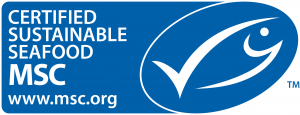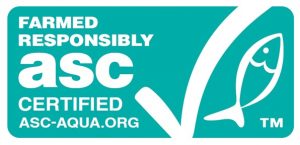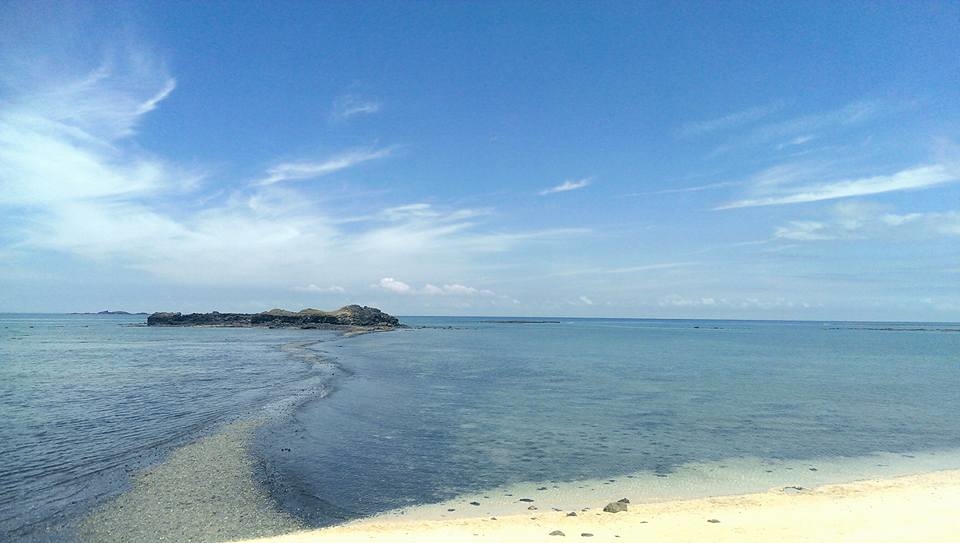A succulent piece of salmon, fresh oysters, tender large prawns. Any seafood lover would recognize a high-quality taste. But it takes another set of skills to recognize and choose options that are sustainable.
The Food and Agriculture Organization estimates that about 31% of the world’s commercial fish stocks are overfished. As a result, aquaculture has become the fastest-growing sector in food production to supplement the increasing demands for aquatic products. So the question is:
Is farmed seafood a more sustainable choice than wild-caught?
The answer may depend on the species. Get ready for a crash course on the sustainability of farmed seafood.
Fish
Initially, it may seem that fishing pressure on wild stocks would be released as consumers shift to farm-raised fish, but there is more to it. Carnivorous fish, such as salmon, require a feed that often consists of unsustainably captured fish. A study shows that up to 5kg of fish is required as feed to produce 1kg of farmed carnivorous fish, resulting in a net negative effect on wild stocks.
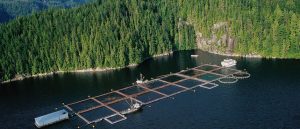
Farmed marine fish are often kept in pens in the ocean. Harsh weather or predator attacks can cause nets to rip and fish escape into the wild. This could introduce a non-native species to the ecosystem and impact wild populations through interactions. For example, farmed Atlantic salmon has often escaped in the north Pacific Ocean and are found to be hybridizing with wild populations, which alters their genetic composition and impairs performance. Escaped fish also facilitate the transfer of pathogens and parasites, such as sea lice on salmon, to wild populations.
Molluscs
Molluscs include animals like oysters, clams, and mussels. Wild molluscs are commercially harvested through raking or dredging, which is heavily destructive to the beds. Conversely, farmed molluscs are often suspended on ropes in the ocean or in mesh containers. Farmers simply retrieve the equipment when they are ready for the market with barely any negative impact on the environment.
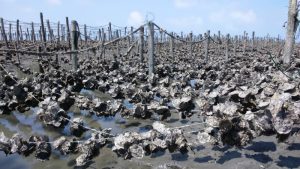
In addition, molluscs are filter feeders, meaning that they feed by filtering organic particles from the water. Farmed molluscs rely on ambient supplies of food, thus no feed is artificially added to the environment. In effect, molluscs can even increase water quality and reduce sediment buildup.
Shrimp
Shrimp farming is mostly concentrated in the tropical and subtropical region. It is a major cause of habitat destruction in coastal wetlands, including mangroves. We have already seen an estimated 3 million hectares of coastal habitat loss globally. The important ecosystem services provided by mangroves such as nursery habitat for juvenile fish, coastal protection and water filtration are lost and almost unrecoverable.
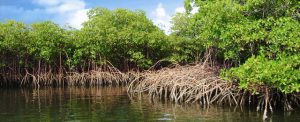
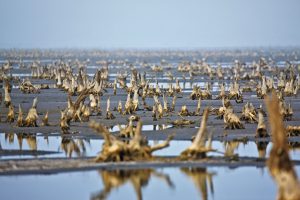
Under intense farming, wastes from shrimp and unconsumed food accumulate at the bottom of the pond, resulting in sludge buildup. In several years, the habitat could be left to waste as the chemical properties of the sediment become unable to sustain shrimp or other species.
So you’re at the grocery store…
As of now, choosing fish with a plant-based diet like tilapia (freshwater) or are lower down in the food chain like sardines, and farmed molluscs is generally a good guideline. Shrimp on the other hand should sound an alarm. However, aquaculture practices vary so it’s still important to note the labels on the package.
Check for the MSC (Marine Stewardship Council) label when purchasing wild seafood, and the ASC (Aquaculture Stewardship Council) label when purchasing farm-raised seafood. These certification programs promote sustainable fishing and aquaculture. Although they may contain flaws, a weak but existing layer of protection should not be overlooked.
